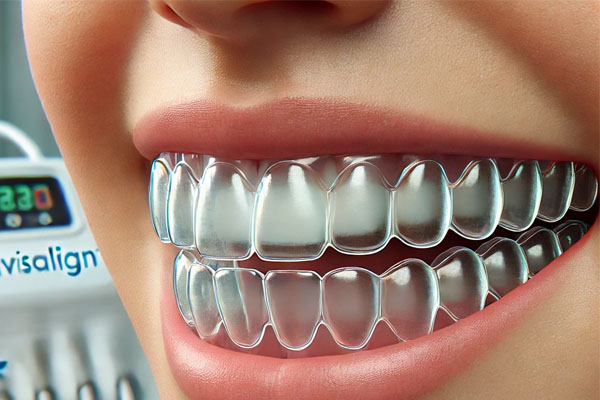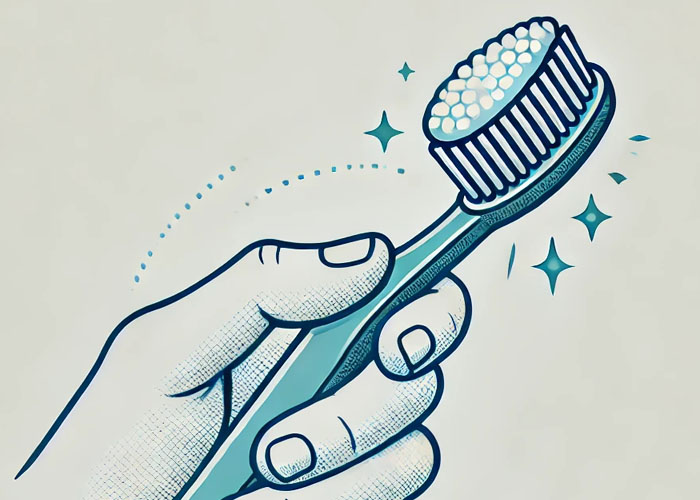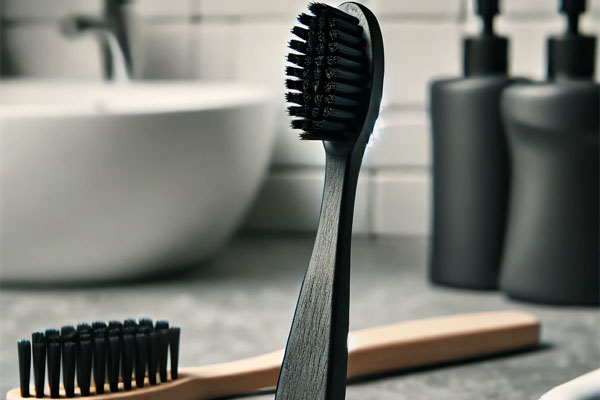The conventional method for achieving aligned teeth involves wearing a set of metal brackets with a wire running across them. Orthodontic advancement has presented so many choices. Let’s explore 9 braces alternatives you may not know about:
Clear Aligners
Clear aligners, including Invisalign or ClearCorrect, are removable plastic trays that help to gradually move your teeth to the correct position. These are discreet and easily removable. Best for mild to moderate form of alignment issue.
Pros: Non-visible, easy to wear and dispose of, and comfortable.
Cons: Requires the discipline to wear the aligners for two-thirds of the day, approximately 20–22 hours.

Teeth Straightening Bands
Clear removable aligners or the do-it-yourself type of treatment for small spaces between or just slightly twisted teeth. While not as feature packed as professional solutions, if your problems are relatively minor, they provide a good, cheap answer. Best for gaps that are barely visible.
Pros: They are inexpensive and accessible to most individuals.
Cons: It is not suited for large corrections; when used inappropriately it is likely to harm the image.
Nighttime Clear Aligners
Nighttime aligners are suitable for those people who cannot wear aligners during the day. These aligners are used only at night, which means that no one will notice them and they can also seamlessly fit into a person’s daily routine. Best for mild corrections.
Pros: Only worn at night; discreet.
Cons: Results are slower compared to full-day aligner treatment.
Dental Splints
Dental splints are commonly worn for bite correction, or adjustment of slight tooth misalignment. These appliances stabilize and adjust teeth but the emphasis is towards the improvement of bite forces. Best for little changes in the positioning of lower teeth or minimally invasive realignments.
Pros: It is painless and useful in correcting jaw position.
Cons: Great for minor misalignment, not efficient for radical ones.
Palatal Expanders
Holding and expanding the upper palate, palatal expanders will increase the amount of space between the teeth or correct a patient’s occlusion. This is an effective treatment option for young patients. Best for patients with a narrow dental arch or any other problem of crowding of teeth.
Pros: Helps to overcome the need for tooth extraction; appropriate in case of increasing the child.
Cons: Primarily uncomfortable for initially and only to growing jaws.
Removable Wire Retainers
Once a dentist has established the adjustment required by a patient, retainers can be made to fulfill that need. Removable appliances, for example Hawley or Essix retainers may be used to make small adjustments on tooth position. They are mostly recommended after orthodontic treatment but can encourage slight tooth movements as well. Best for small tweaks to alignment.
Pros: Affordable and removable.
Cons: Not liberal when it comes to drastic changes.
Cosmetic veneer
It is often used for Cosmetic Straightening. Porcelain or combined veneers are perfect for making your teeth look straighter. While they do not move the teeth, they enhance their appearance. Best for short-term solutions such as using veneers to close spaces or rotate, straighten teeth.
Pros: Getting the result right away and makes thing look much neater.
Cons: The patient has to undergo the process of having the enamel stripped and the technique does not align the teeth.
Dental Bonding
Dental bonding involves the use of a tooth colored resin and is used to change the look and position of the teeth. It’s a speedy and minimally invasive solution. Best for small gaps or uneven teeth.
Pros: Quick and affordable.
Cons: It is temporary and may not provide a structural solution to address the problem.
Myofunctional Appliances
Myofunctional devices, which include Myobrace, work at the heart of the problem because they help to eliminate specific oral habits as well as shape proper jaws. These are well suited for treatment in younger patients. Best for patients with localized aggressively growing tumours such as gingival tumours in young patients with developing jaws.
Pros: A natural method; have overall effect on the mouth and gums.
Cons: This method requires regular use and time to achieve its full benefits.
Which Option Works Best?
The best option depends on the severity of your dental issues, your lifestyle, and your budget. When it comes to best fitting solution one has to consult an orthodontist.
Are you interested in knowing more details of any of these other options?

